What is Prairie Junegrass (Koeleria macrantha)?

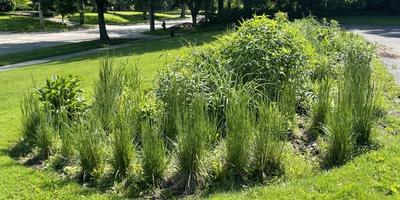
Read on to learn more about one of our country's most beautiful and humble prairie grasses!
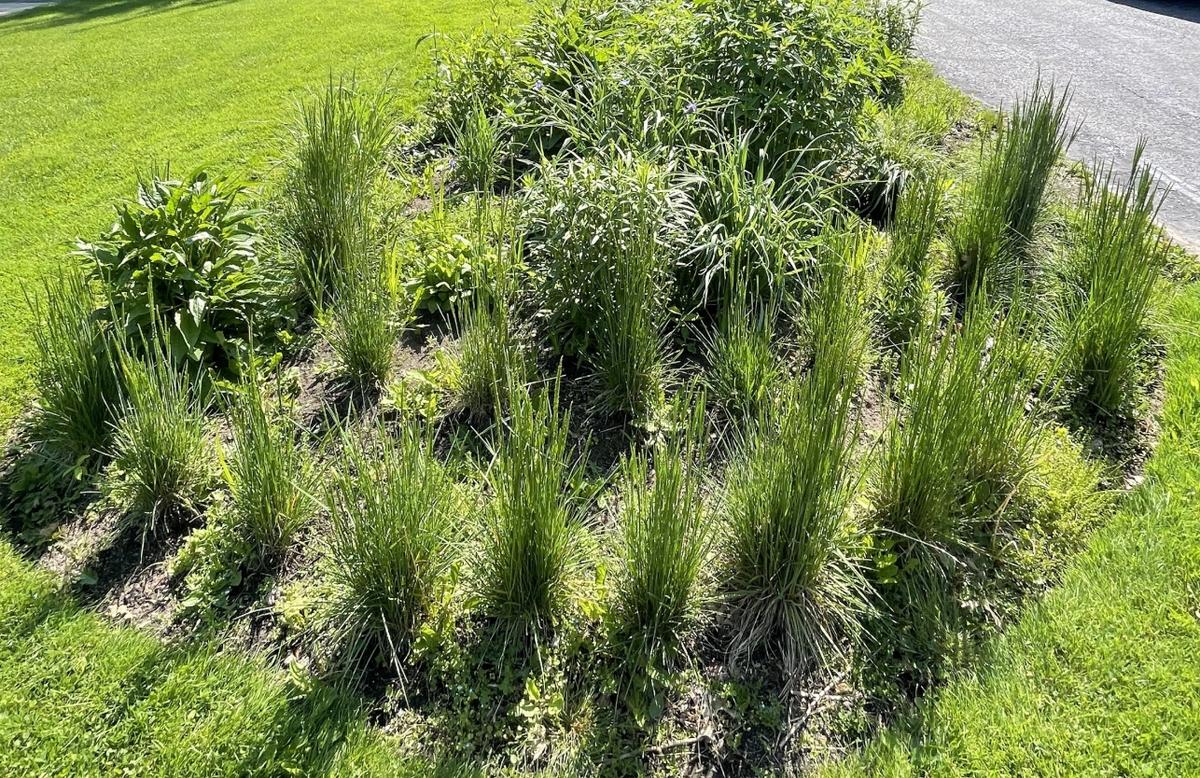
Welcome to the latest article in our "Know Your Natives!" series, which explores the wonders of native plants across the United States. In these posts, we'll dive into the ecology, appearance, and growing requirements of individual native plants, while also providing some fun trivia and highlighting their importance for the environment. Whether you are new to natives or a botanical pro, we hope this series will help you get a better sense for the benefits of using native plants in landscaping and gardening: from their ability to support local ecosystems to their stunning visual appeal. Join us on this journey to discover the diversity and value of native plant species and learn how you can incorporate them into your own green spaces.
If you live almost anywhere in the central and western United States, chances are good that Prairie Junegrass (Koeleria macrantha), is a native grass in your region. Read on to learn more about one of our country's most beautiful and humble prairie grasses!
An Introduction to Junegrass
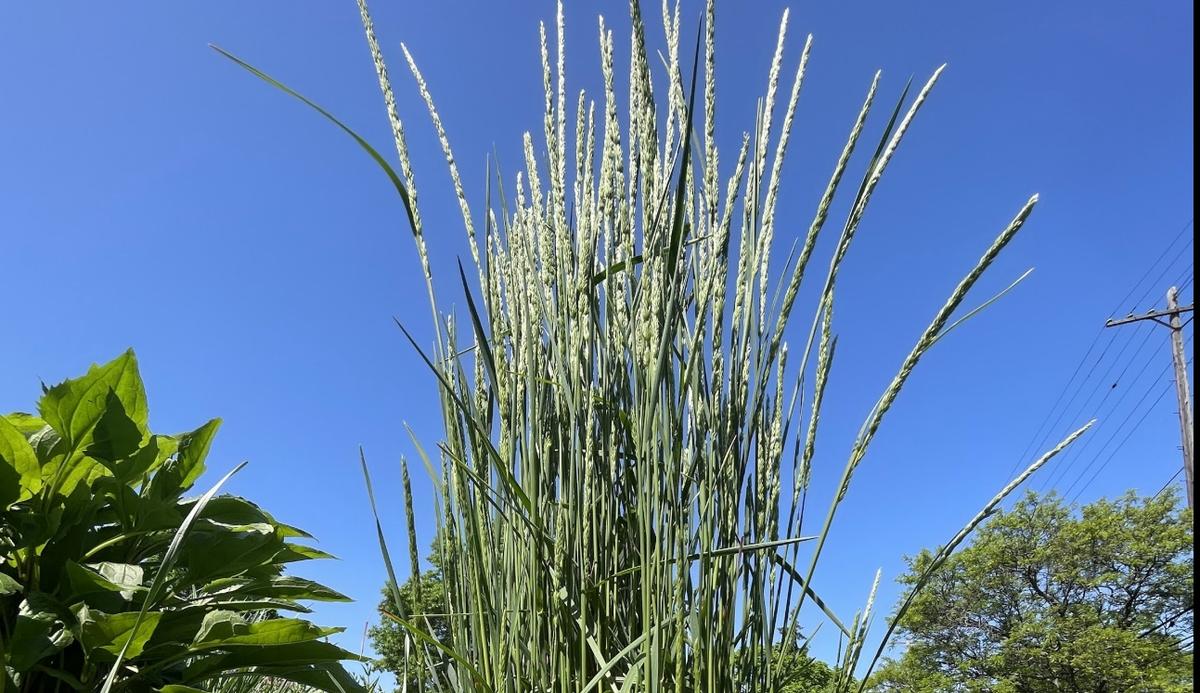
Prairie Junegrass (Koeleria macrantha) is a native cool-season grass species that is commonly found in the tallgrass prairies of North America. This clumping, perennial grass can reach up to 2 feet in height and produces attractive, narrow leaves and feathery, delicate seed heads. It is well-adapted to dry, sandy soils and thrives in full sun to partial shade. With its deep roots, Prairie Junegrass is also an excellent choice for erosion control and stabilizing disturbed soils, and it provides valuable wildlife habitat and forage for livestock.
At-A-Glance - Prairie Junegrass
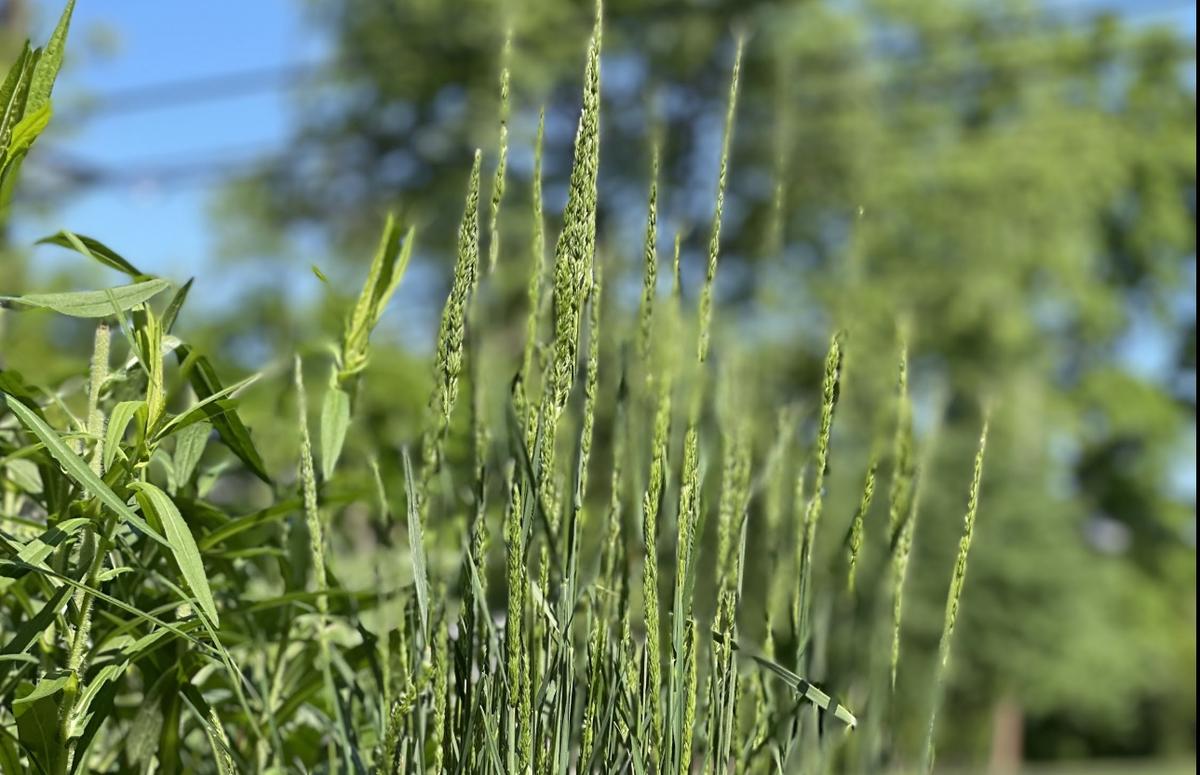
Common Name(s): Prairie Junegrass, June Grass
Scientific Name: Koeleria macrantha
Type: Herbaceous Perennial
Root Structure: Fibrous Root System
Sun Exposure: Full Sun (6+ hours a day) to Partial Shade
Soil Conditions: Dry to medium moisture once established. Moist during first year.
Soil Types: Highly adaptable to various soil types; will tolerate poor soils (e.g. rocky soils), and will thrive in fertile soils and almost any well drained soils.
Other Benefits: Erosion control; Wildlife habitat
Bloom Color: yellow-green or purplish
Bloom Time: Late spring to early summer
pH: Highly adaptable but prefers Slightly Acidic to Neutral soil (5.5 to 7.5)
Native Range: Native across Western and Central North America.

Range Map: Created by the Biota of North America Program (BONAP) and based on historical species records, this range map shows you a great overview of the distribution of Prairie Junegrass in the United States and Canada. Brown indicates not present in the county; Dark greens indicates state present; light green indicates county listed as native.
Style Guide
Foliage: Fine-textured, narrow leaves that are typically an attractive green-gray color by early summer. The leaves grow from the base of the plant and form dense tufts that can reach up to two feet in height. The foliage is relatively short and narrow, giving the plant a delicate appearance. The leaves are also slightly wiry and can be somewhat rough to the touch.
Shape: Grows in clumps that are upright and densely tufted. The plant generally has a narrow, grass-like shape that is quite distinctive, with a neat and tidy appearance that can add texture and interest to a garden or landscape.
Height: Grows up to 2-3 feet tall.
Wildlife Attraction: Provides habitat for various species of wildlife, including insects, small mammals, and birds. Its seeds are a food source for many bird species, such as sparrows and finches, and its foliage provides shelter and nesting sites for small mammals and insects.
Planting Instructions & Care
Prairie Junegrass is a hardy and low to medium-maintenance perennial plant that is relatively easy to cultivate. To help ensure its success in the garden, follow these Junegrass care tips:
Site selection: Prefers full to partial sun but can tolerate a wide range of soil types, including sand, loam, and clay, and is a great choice for rocky areas and sites with low fertility. Tolerant of heat, drought, and cold soil temperatures, making it a good option for a range of climates.
Planting: Prairie Junegrass can be planted in the early spring or early fall.
Watering: Drought-tolerant and can survive with little water once established. It is important to water newly planted Junegrass regularly until it becomes established. Overwatering can be detrimental to the plant's health, so it is important to ensure that the soil has proper drainage to prevent water logging.

Collecting Seeds: To propagate by seed, wait until the seed heads have fully matured and turned a golden brown color. Then, gently shake the seeds out of the seed heads into a container. Alternatively, you can cut off the seed heads and dry them upside down in a paper bag. Once the seeds are fully dry, store them in a cool, dry place until you are ready to plant them.
Fertilization: Prairie Junegrass generally does not require fertilization as it is adapted to low-nutrition soils.
Pest and disease control: Prairie Junegrass is relatively pest and disease-free and does not typically require any special pest or disease control measures.
Maintenance
Prairie Junegrass (Koeleria macrantha) requires very little effort to maintain a tidier look. Still, here are a few suggested maintenance tips to keep your grass looking its best:
- Cut back the late winter or early spring: It's recommended to cut back Junegrass in late winter or early spring while it is dormant and before new growth appears. This will remove any dead or damaged growth and promote new growth.
- Divide the plant as needed: If you have an overly dense or solid stand of Junegrass, plants can be divided in early spring or fall to create new plants and promote healthy growth.
Species Relationships

Ground Birds - Prairie junegrass (Koeleria macrantha) provides habitat for several species of birds, including the endangered mountain plover (Charadrius montanus) which uses Junegrass-dominated prairies for nesting and foraging.
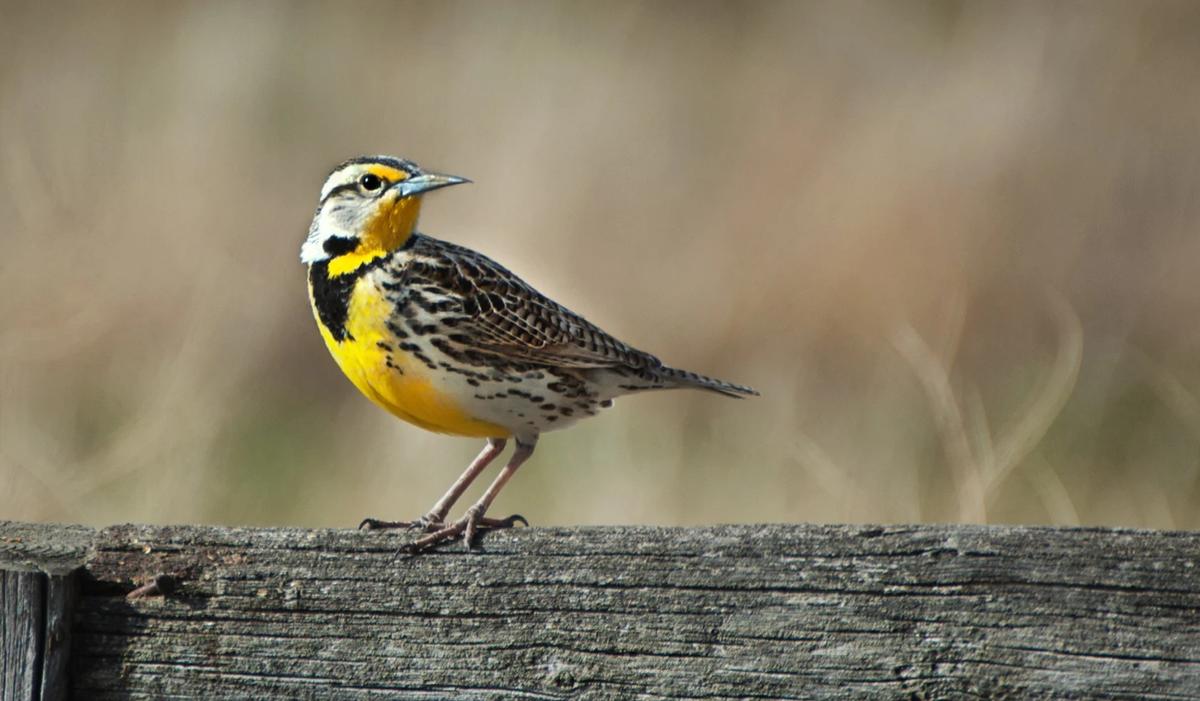
Songbirds and small mammals - The seeds of junegrass are consumed by a variety of birds and small mammals as well, making it an important part of the food web in grassland ecosystems.
As Host Plant
Some species of butterfly and moth use junegrass as a host plant. This means they lay their eggs on this plant, and their caterpillars will feed on leaves and stems to mature. These species include (but are not limited to):
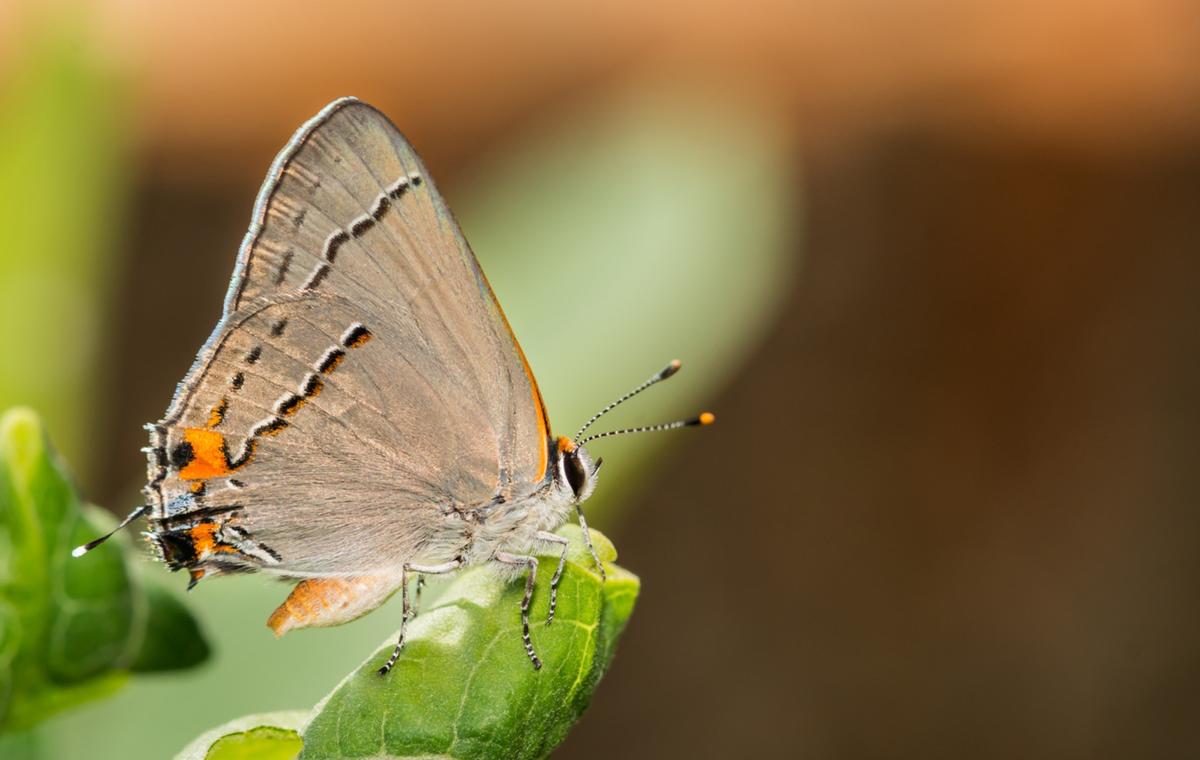
Gray Hairstreak (Strymon melinus) - a small, delicate butterfly found across North and South America, characterized by its gray wings with a distinctive orange patch near the tail and a row of orange spots along the outer edge.
Trivia
The scientific name of Prairie Junegrass is Koeleria macrantha, where "Koeleria" is taken from German botanist Georg Ludwig Koeler; and "macrantha" is derived from the Greek word meaning "large-flowered" in reference to its relatively large flowers.

Summary
Almost anywhere in the central and western US, Prairie Junegrass is an adaptable, beautiful, and easily managed native grass. I would recommend Prairie Junegrass (Koeleria macrantha) because it:
- is a highly drought tolerant and low maintenance grass
- features beautiful textures and tidy overall appearance to compliment any garden
- helps to stabilize soil and prevent erosion
- pairs well with other amazing herbaceous perennials, such as Purple Coneflower (Echinacea purpurea), Lanceleaf Coreopsis (Coreopsis lanceolata), or Black Eyed Susans (Rudbeckia hirta)
If you live in the Great Lakes Region, we feature Prairie Junegrass in some of our part shade to full sun gardens, including Songbird Sanctuary. Depending on the grower, this and all of our other gardens either ship or are available for pickup as small potted plants, ready for installation upon receipt.

Read about some other native plants in the 'Know Your Natives' series




Share this article


